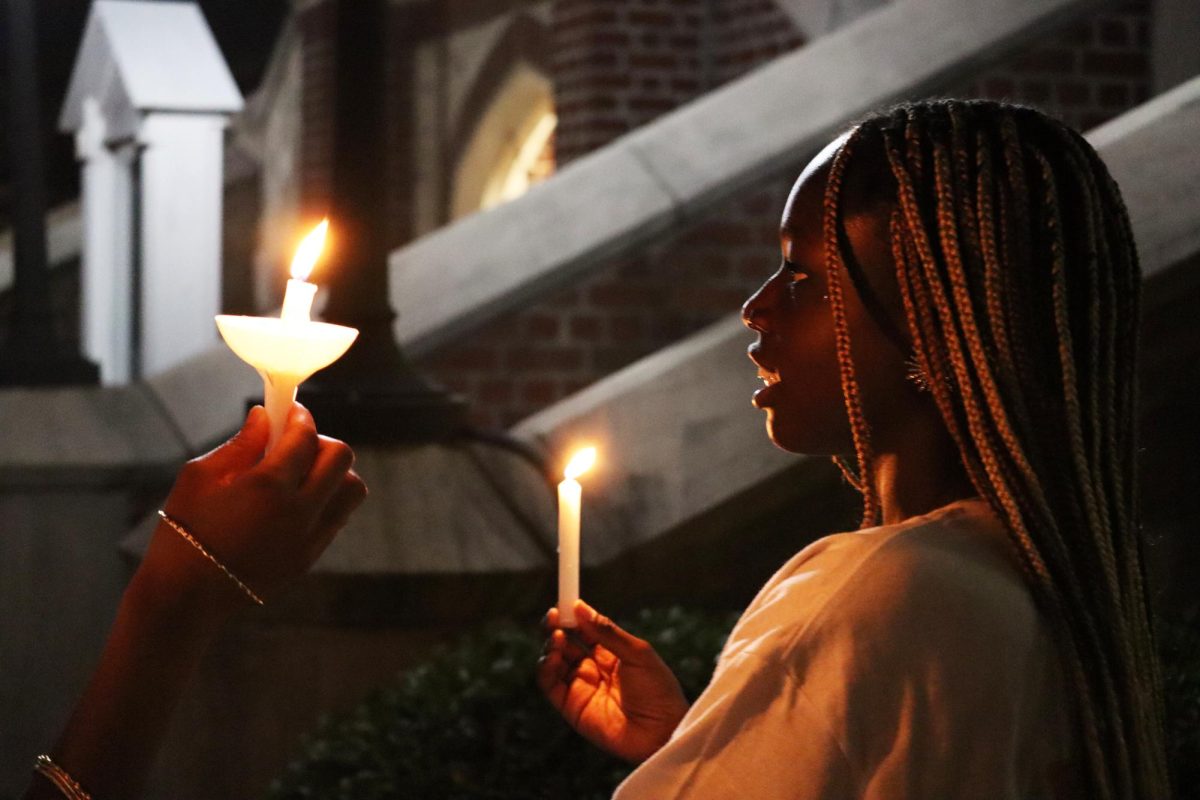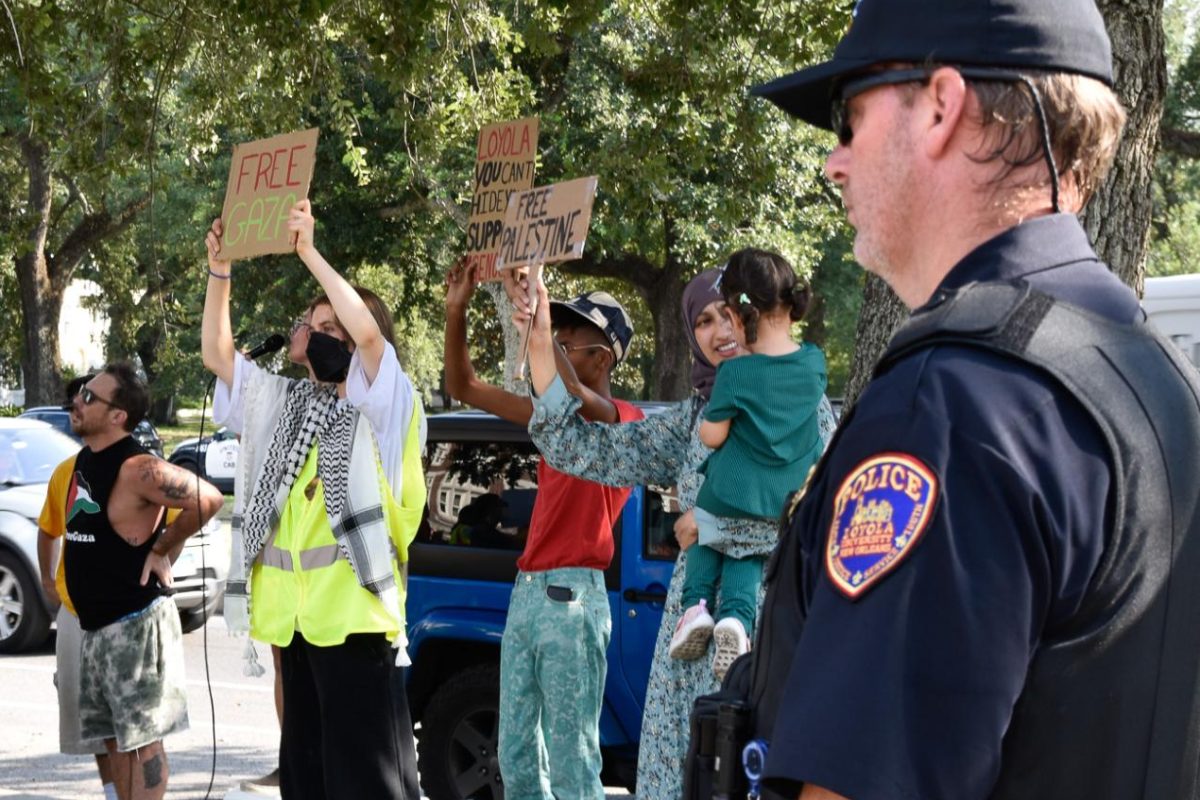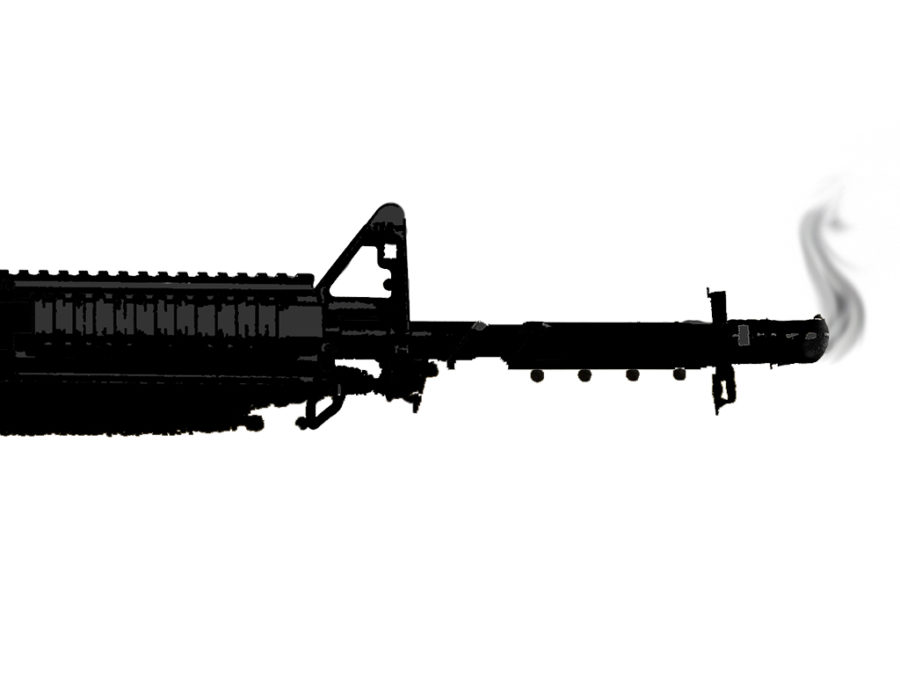Rail travel in the United States is a difficult sell. Rail and airline tickets are almost equally priced. The salient difference is that if both a jet and a train leave New Orleans at 7 a.m. on Monday, both will arrive in New York in the afternoon, but the plane arrives Monday and the train arrives Tuesday.
This summer, however, I chose the slower mode. I boarded a train at the Union Passenger Terminal in New Orleans and emerged at Pennsylvania Station in New York 30 hours later.
I assume that trains are carefully coordinated by computers to prevent collisions, but the rest of the process is amusingly unsophisticated. Air travel vexes the passenger with invasive searches, restrictive luggage rules and tight security. Trains are completely open: passengers wander on at their own leisure; there is no security.
Eventually, the conductor visits each car to perform the time-honored ritual of punching tickets. The airlines have been scanning tickets digitally for years, but trains have not yet caught on. Scanning with eyeballs is still the method of choice.
I find the lack of security somewhat alarming but mostly comforting. Sure, there is nothing to stop me from taking a crossbow onto the train, but still, what can even a homicidal maniac do with a crossbow on a train? A train moves along a predefined track. There is no way to “sneak off” a train, and it would be difficult to make a train crash into the White House.
For the most part, I enjoyed the lax security. I took an entire tube of toothpaste on the train and I was not required to endure the hard, dirty terminal floor in my socks. One also resents being regarded with the utmost suspicion by complete strangers in the Transportation Security Administration, who frisk and radiographically strip-search airline passengers. This resentment is no part of train travel.
Those who fear the exit-row burden may find relief in trains. Train disasters are apparently much more intuitive than air disasters: there are no bags that fail to inflate, even though oxygen is mysteriously flowing, and whereas airlines require seatbelts even when they don’t bother to illuminate the fasten-seatbelt sign, trains never require seatbelts.
Perhaps the best part is the view. The view from seven miles in the air offers a good survey of the patchwork quilt of farmland that covers large portions of rural America, but little else.
The trains pass right through the old industrial centers. The tracks are lined with old warehouses, factories and refineries. We rolled past an old junkyard with a few thousand identical mufflers stacked on top of each other.
The stations along the way range from the quaint Tuscaloosa station, built in 1911, serving 35 passengers daily, to Penn Station, which was originally built in 1910 but now exists only underground and serves 300,000 passengers every day.
For those who dislike airport security, who enjoy watching mile after mile of countryside pass by, who appreciate unsophisticated logistics, who are not prone to motion sickness, and who have time to spare, trains are a mode of transport to consider. The rest of you can get the gist of it by watching the opening scene from “The Music Man.”
Edward Seyler is an economics senior. He can be reached at [email protected]
In My Opinion is a weekly column open to any Loyola student. Those interested in contributing can contact [email protected]








